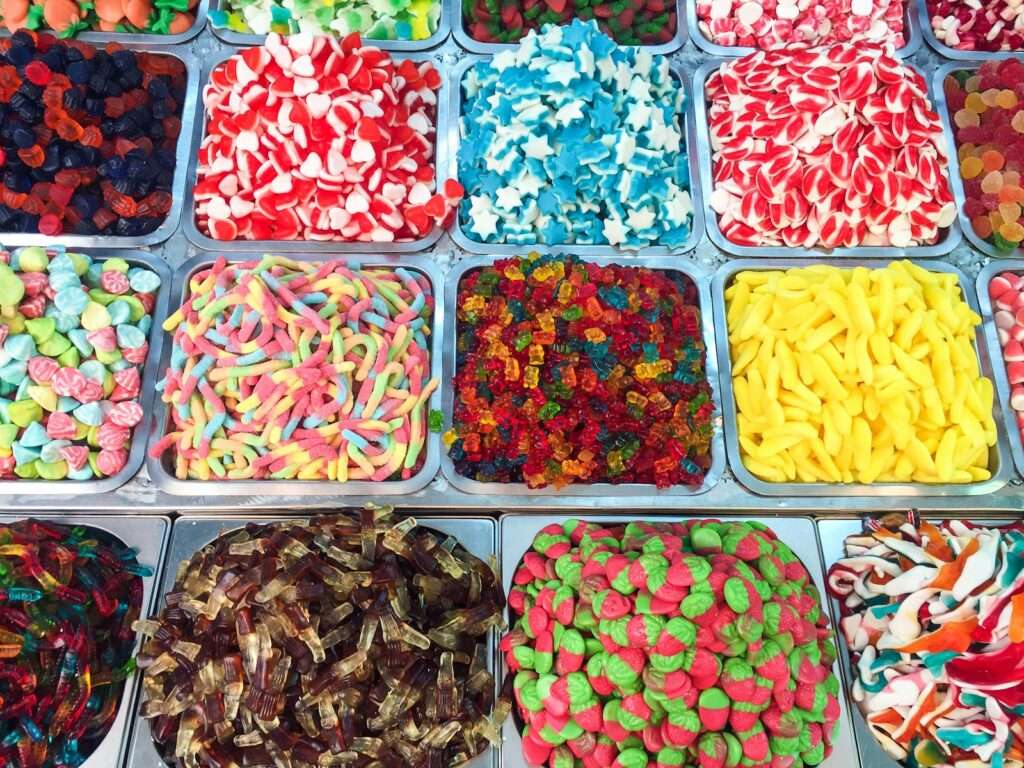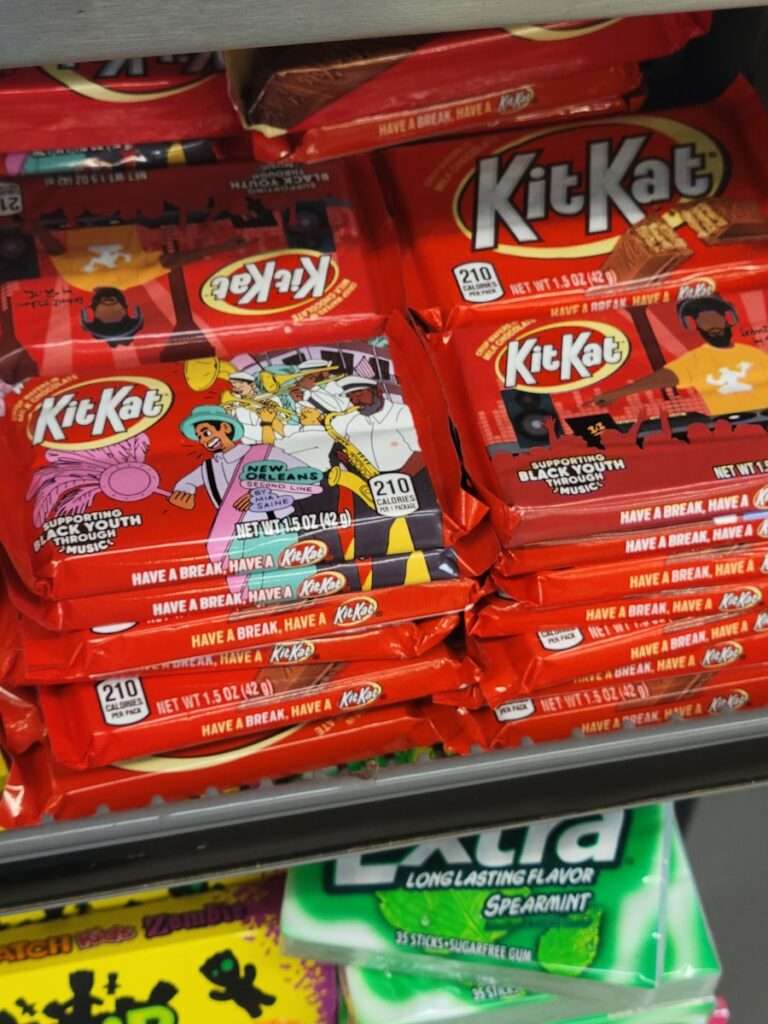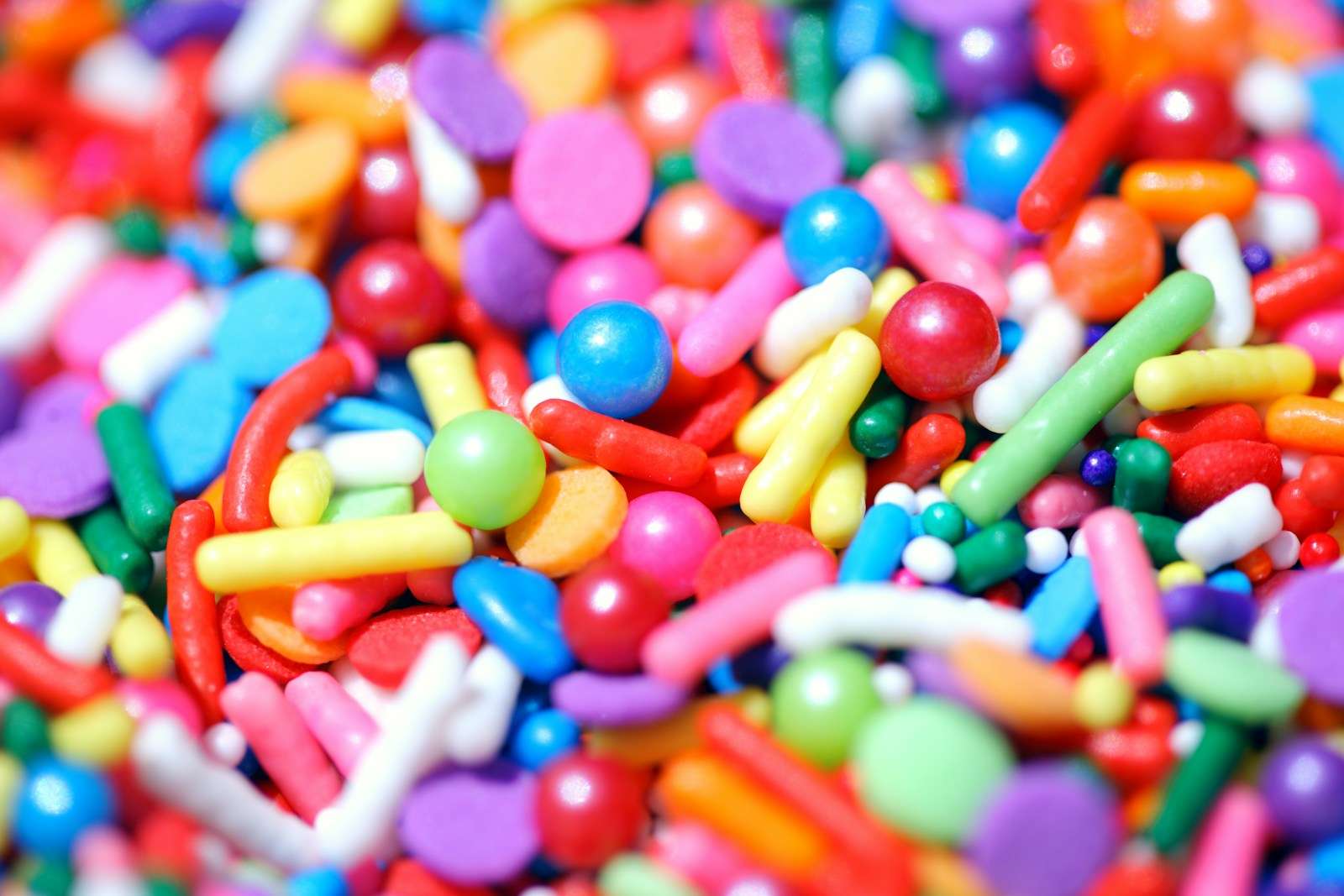Did you know that Halloween spending in the United States is projected to reach over $10 billion this year? A huge portion of that goes toward candy. As a parent, I know that the Halloween season is a whirlwind of costumes, excitement and, of course, the inevitable candy haul. As fun as it is, keeping our children safe is always top of mind, especially regarding Halloween candy for kids. Navigating the candy options can feel overwhelming with allergies, sugar content concerns and potential choking hazards. I have spent years refining my approach to this, and I want to share what I have learned with you.
This year, let us examine how to make the best and safest Halloween candy for kids choices so everyone can enjoy a worry free holiday. These are the tips I have used for years with my own kids, and I hope they help you too!
Understanding the Risks of Halloween Treats
Before we get into specific candies, it is important to understand the risks associated with Halloween treats. Food allergies are a big deal. The most common allergens include peanuts, tree nuts, milk, eggs, soy, wheat, sesame and shellfish. Cross contamination is another problem, because many candies are made in facilities that process allergens, even if the candy itself does not have them directly. Sugar content is also something to consider, because it can lead to hyperactivity and potential health problems. Finally, small hard candies can be a choking hazard, especially for younger children.
A Parent’s Guide to Allergies
Reading labels closely is very important. Always check the ingredient list for possible allergens. Keep in mind that recipes sometimes change, so even if a candy was safe before, check again. Pay attention to statements like “may contain” or “processed in a facility that also processes” to find potential cross contamination risks. For kids with bad allergies, choose candies specifically labeled “allergy friendly” or “free from” certain allergens. Supporting the Teal Pumpkin Project is also a great way to make sure all kids can join the Halloween fun.
Balancing Sugar Consumption

Let us be real: Halloween candy for kids is not health food. Most treats have a lot of sugar, which can cause hyperactivity, sugar crashes and long term health issues like tooth decay and obesity. It might not be realistic to get rid of sugar completely, but moderation is important. Encourage your kids to eat candy in reasonable amounts and focus on healthy meals and snacks. Think about setting a daily candy limit or using a “candy buy back” program where kids trade their extra candy for toys or activities.
Choking Hazard Prevention
Small, hard candies like lollipops, jawbreakers and caramels are a choking risk, especially for kids under four years old. Do not give these candies to young children. Instead, choose softer candies that dissolve easily and are less likely to get stuck in their throats. Always watch young children while they are eating candy and make sure they sit down and chew completely.
Candy Comparison: What’s Safe?
To help you make smart candy choices, I have put together a comparison of popular options, pointing out potential allergens, sugar content and choking hazards. This is not a complete list, but it should give you a good base for making good decisions.
Generally Safer Options
- Hard Candies (for example, Jolly Ranchers, Life Savers): Many are free of common allergens like nuts and dairy, but they can still be a choking hazard for young children.
- Gummy Candies (for example, gummy bears, worms): A lot of gummy candies do not have major allergens, but always check the label, because some might have gelatin.
- Pure Chocolate (for example, Hershey’s Milk Chocolate, Dove Milk Chocolate): These usually have milk and soy and might be okay for people with nut allergies if the label clearly says they are made in a nut free facility.
Approach These With Caution
- Peanut Butter Cups (for example, Reese’s Peanut Butter Cups): Absolutely do not give to children with peanut allergies.
- Chocolate Bars with Nuts (for example, Snickers, Almond Joy): Not safe for people with nut allergies.
- Caramel Candies (for example, Caramel Apple Pops): These can be a choking hazard, especially for younger children, and might have dairy.
Allergy Friendly Options
These brands have safe and tasty options for kids with allergies:
- Free2b: They offer sunflower butter cups that do not have the top 12 allergens.
- No Whey! Chocolate: These are dairy, nut and soy free chocolates.
More Allergy Friendly Candy Choices
Some allergy friendly candy brands focus on specific dietary needs, avoiding common allergens and making their products in dedicated facilities to avoid cross contamination.
- Enjoy Life: They offer chocolate bars, cookies and other treats that do not have the top 14 allergens.
- Surf Sweets: They make gummy candies and jelly beans that do not have the top 10 allergens and are made with organic ingredients.
- YumEarth: They create lollipops, gummy bears and other candies that are organic, vegan and do not have the top 8 allergens.
Non Candy Alternatives
If you want to reduce sugar or offer more allergy friendly options, think about non candy treats. These can be just as fun for kids and give them a break from all the sugar.
- Small Toys: Stickers, temporary tattoos, mini figurines and bouncy balls are great choices.
- School Supplies: Pencils, erasers and small notebooks are useful and appreciated.
- Play Doh: Single containers of Play Doh are always a hit.
How to Have a Safe and Fun Halloween
Besides choosing the right candy, there are other things you can do to make sure your kids have a safe and fun Halloween.
Always Read Labels

Always read the labels of every candy before your child eats it. Ingredients and how they are made can change, even if you have bought the same candy before. Check labels closely for possible allergens, sugar content and choking hazards.
Examine Candy Closely
Check each piece of candy before your child eats it. Look for signs of tampering, like open wrappers or strange appearances. Throw away any candy that looks suspicious or makes you worry.
Teach Your Children About Allergies
Teach your children about allergies and how important it is to be careful when sharing candy. Tell them not to take candy from strangers and to always ask a trusted adult before eating anything questionable.
Talk to Your Neighbors
If your child has bad allergies, think about talking to your neighbors before Halloween. Tell them about the allergies and give them a list of safe candies. You can also offer them allergy friendly treats to give out. This can make trick or treating much safer for everyone.
Join the Teal Pumpkin Project
Think about joining the Teal Pumpkin Project, which encourages people to offer non food treats for children with allergies. Put a teal colored pumpkin on your doorstep to show that you have allergy friendly options.
Making Smart Choices for a Great Halloween
Choosing safe Halloween candy for kids does not have to be hard. You can make sure your children have a Halloween that is both fun and safe by understanding the risks, reading labels carefully and choosing allergy friendly options. Moderation is important, and you must always watch young children while they eat candy. Talking to your neighbors can also make trick or treating safer. With some planning, you can help your kids enjoy Halloween without hurting their health. These tips have been very helpful to my family, and I am sure they will help you too. Happy Halloween!





